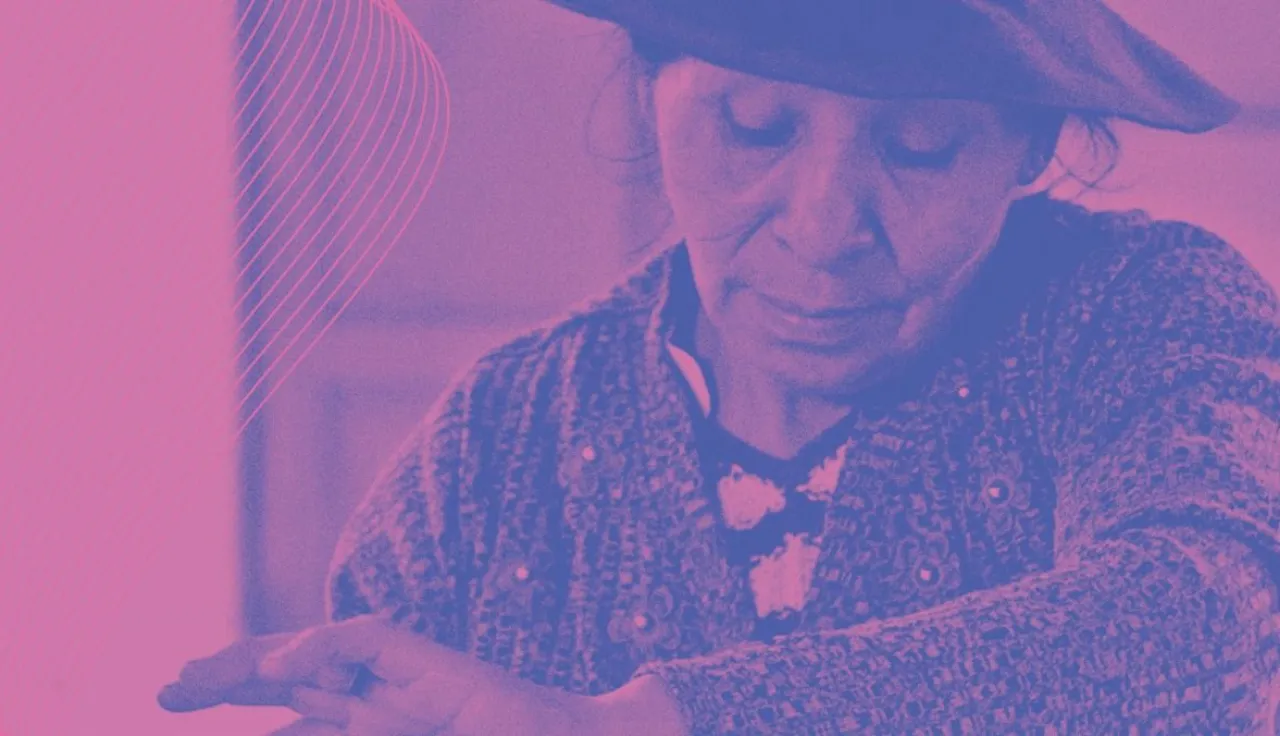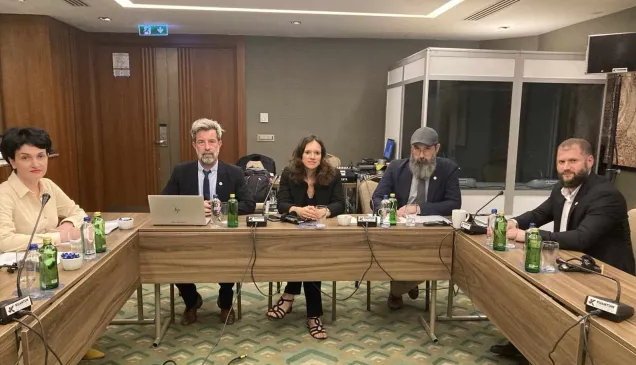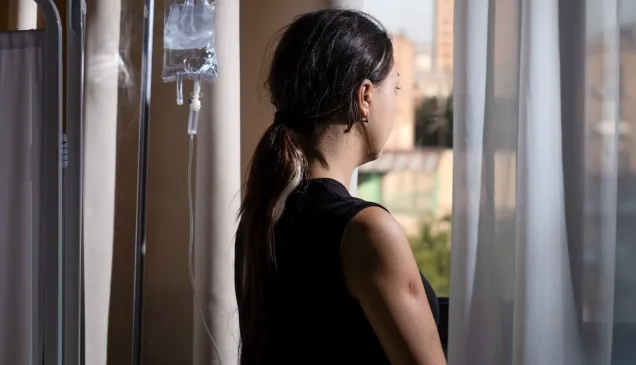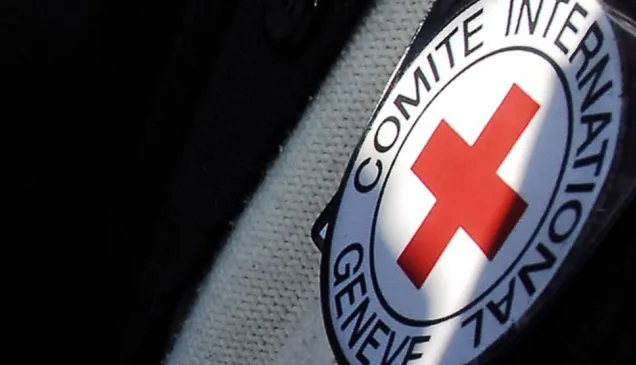Peru: Good news for missing loved ones

“Moving our bodies to communicate with bodies that aren’t there.” This line was the inspiration behind a communal dance organized for family members of people who disappeared in the armed violence that ravaged Peru years ago.
Teófila, Roberta, Alberta, Fernandina, Matilde and Sofía lost family members to armed violence that swept through the district of Accomarca, in the Peruvian region of Ayacucho, in 1985.
But in six short dance videos, posted on social media, they have told their missing loved ones what they had not been able to tell them for more than three decades. After such a long time, they had a lot to say.
The women, all from Lima, are part of the Buenas Noticias: Accomarca project ("Good News: Accomarca") and members of the Association of Family Members Affected by Political Violence in the District of Accomarca (AFAVPDA).
They began to explore abstract expression through movement after taking part in a dance workshop. They met up again later with the other members of the association – who they had not seen for months because of the COVID-19 pandemic – for a communal dance. Dancing together was liberating and a way to improve their mental health. It gave them renewed strength to keep looking for their loved ones.
This was the second time a communal dance had been organized for family members of victims of violence in Peru by the drama company La Plaza, as part of its creative programme and in conjunction with the International Committee of the Red Cross (ICRC).
The first communal dance took place in 2019 with members of the National Association of Family Members of the Kidnapped, Detained and Disappeared of Peru (ANFASEP), in the district of Huamanga, Ayacucho. It was a way of reinterpreting the traditional celebrations that took place on the 2 November every year, the Day of the Dead. More than 40 ANFASEP members took part.
The Good News project aims to make connections with associations in other parts of Peru as well so that family members of missing loved ones can find new ways to express themselves through dance. It is also a way of talking to loved ones who are physically absent but very much present in family members' minds, and carries the hope that these healing activities will raise awareness in Peruvian society that the search goes on.
Relatives of the more than 21,000 people who went missing during the violence that ravaged Peru between 1980 and 2000 are still looking for their loved ones.



